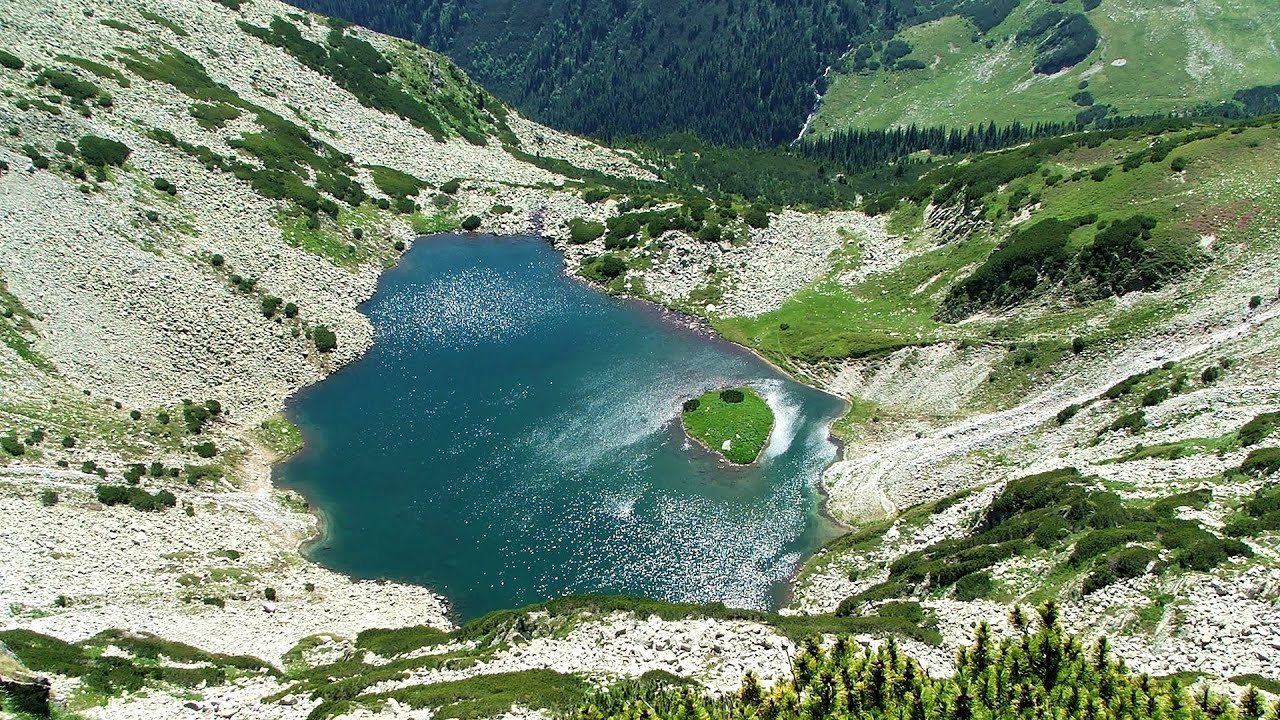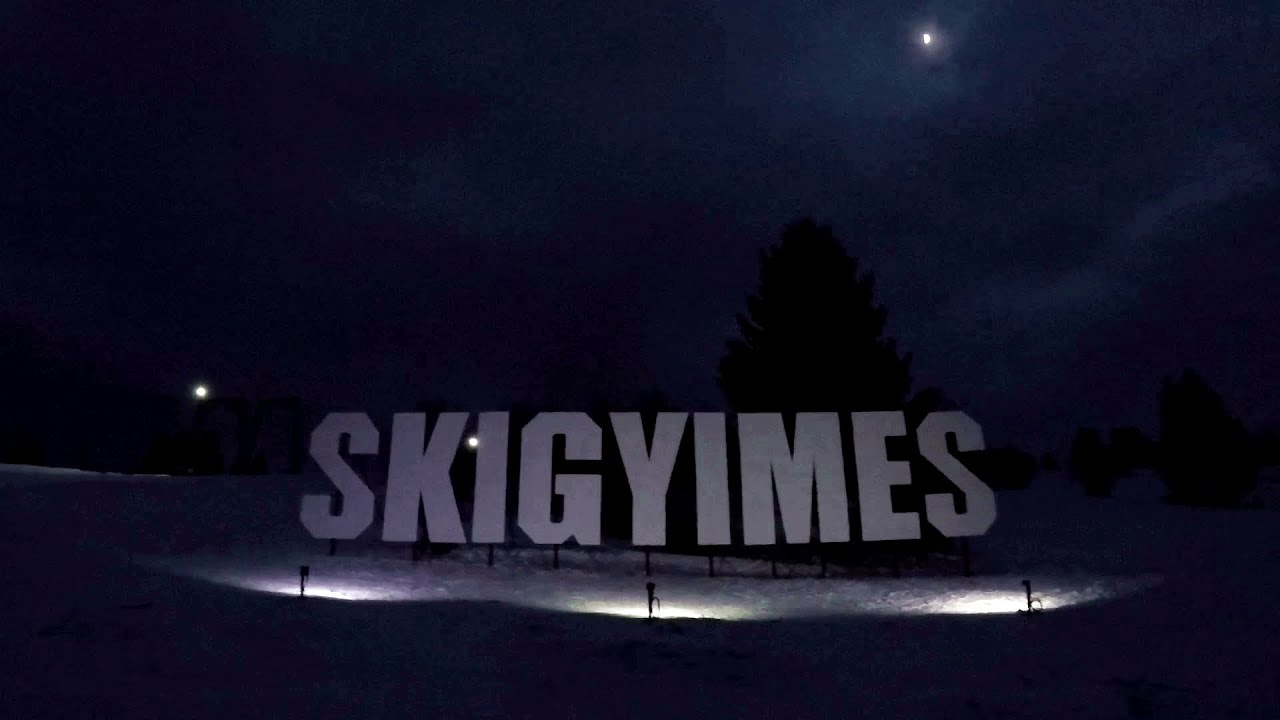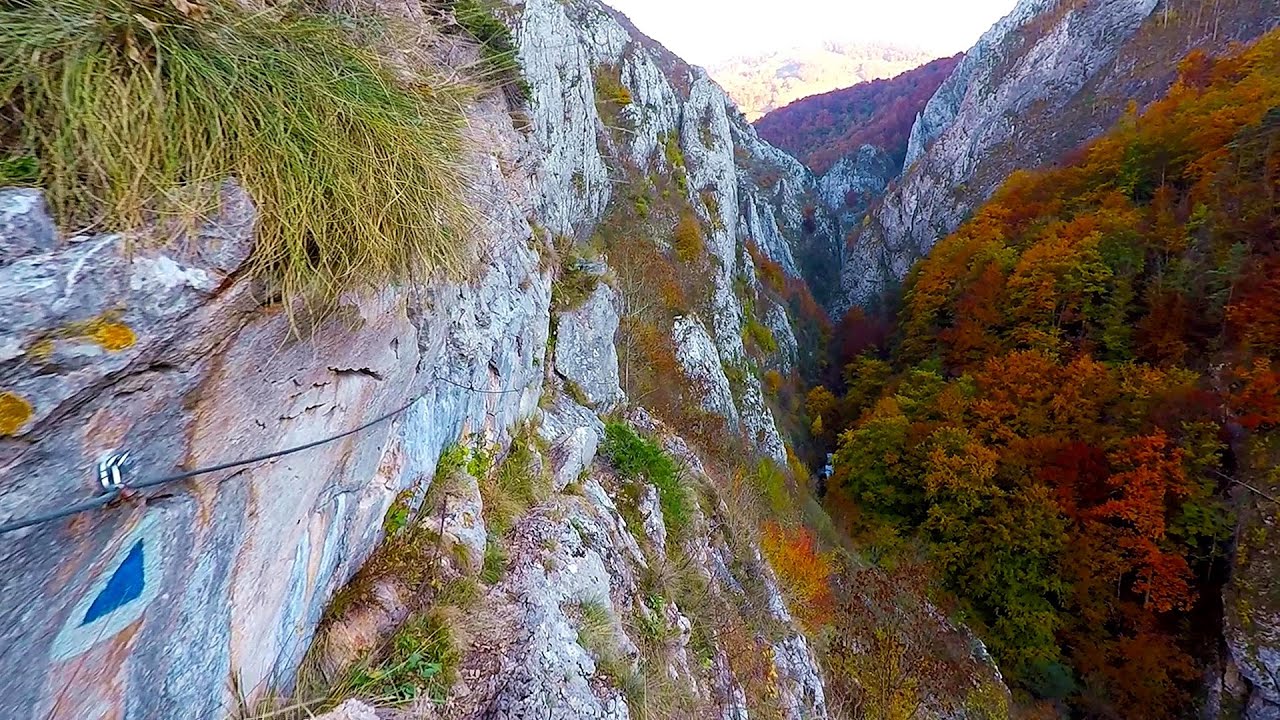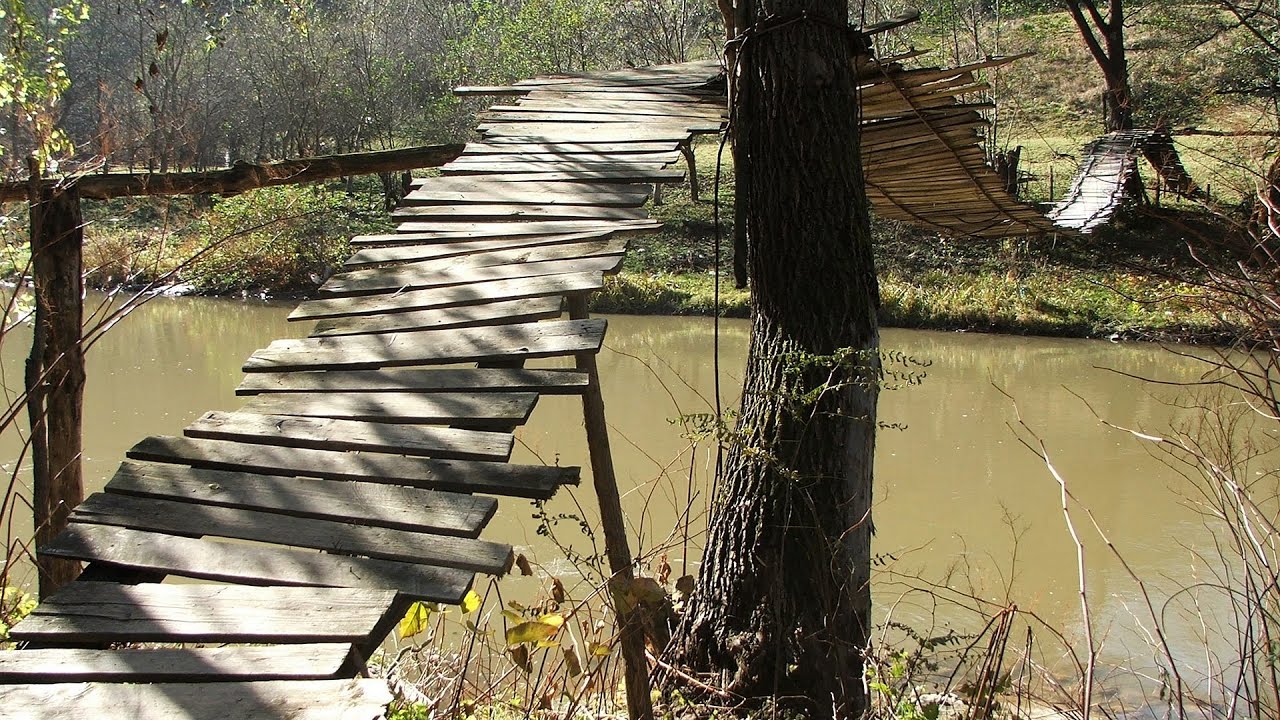Tourist attractions near Malovat (Malovat, Mehedinti county, Romania)
Photos of nearby places
[ Top ↑ ]
Videos of nearby places

Mill of the Devils (Moara Dracilor) - Tasna Gorge (Cheile Tasnei) 33.7 km away. The Tasna Gorges are located in the Mehedinti Mountains, approximately 15 km from the resort of Baile Herculane.

The Wooden Ladders - The villages of Scarisoara and Inelet, Cerna valley 37.3 km away. Scarisoara and Inelet are small, isolated villages located in the mountainous region of Banat.

Blasted Rock (Piatra Puscata) hanging path - Cerna Valley 37.6 km away. The Blasted Rock hanging path is located on the geographical right bank of the Cerna River, near the confluence of the Iuta stream, approximately 20 km from Baile Herculane.

Corcoaia Gorge - Gorj county 47.6 km away. The Corcoaia Gorge is one of the most beautiful tourist attractions in the Cerna Valley.

Rudariei watermills - Eftimie Murgu 52.8 km away. I have visited the twenty-two wooden water mills with horizontal wheels, located in the valley of the Rudaria stream, mostly in the rain and under an umbrella.

Billy-goat lake, Closed Gates - Retezat Mountains 76 km away. The most unique ridge trail of the Retezat Mountains is the Closed Gates.
Other places

Ski Gyimes ski slope Lunca de Sus 322 km away. The Ski Gyimes ski slope is located in Lunca de Sus, right next to the main road.

Stan Valley Canyon in winter 164.4 km away. The Stan Valley is a picturesque canyon, even in winter.
Other destinations
Gornjak via ferrata and Kudelinov's fortress Zdrelo 106.8 km away. Difficulty level C/D, total length: 400 m, height difference: 330 m, year of construction: 2019, total length of the route to Kudelinov's fortress: 1100 m.
Lipovac via ferrata and monastery of Saint Stephen 145.7 km away. Difficulty level B, total length: 190 m, height difference: 90 m, year of construction: 2022.
[ Top ↑ ]
Copyright © 2003-2025 Trekkingklub and friends. Reproduction of any text, picture or video from this website, either in printed or electronic form, is prohibited without prior written permission. Website made with love  in Miercurea Ciuc.
in Miercurea Ciuc.
 in Miercurea Ciuc.
in Miercurea Ciuc.











